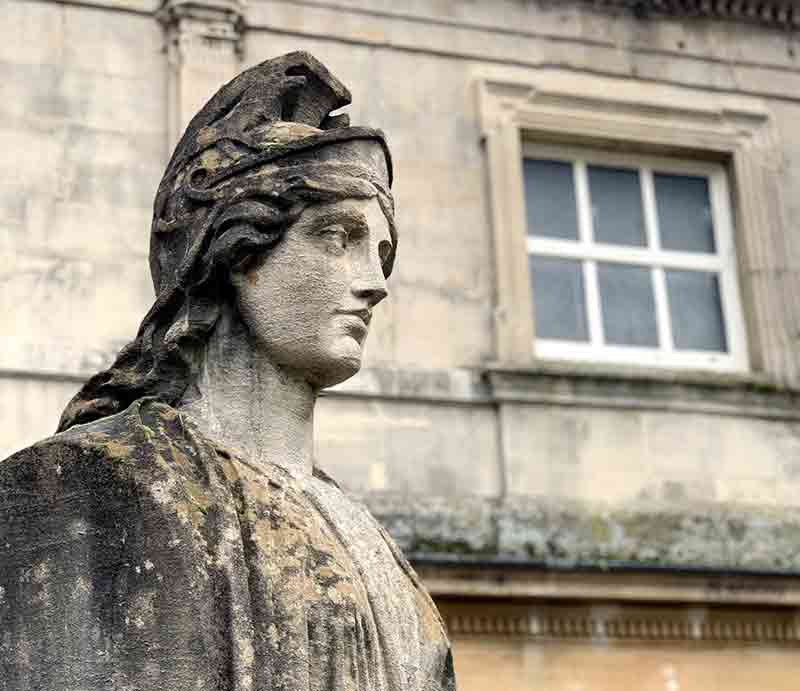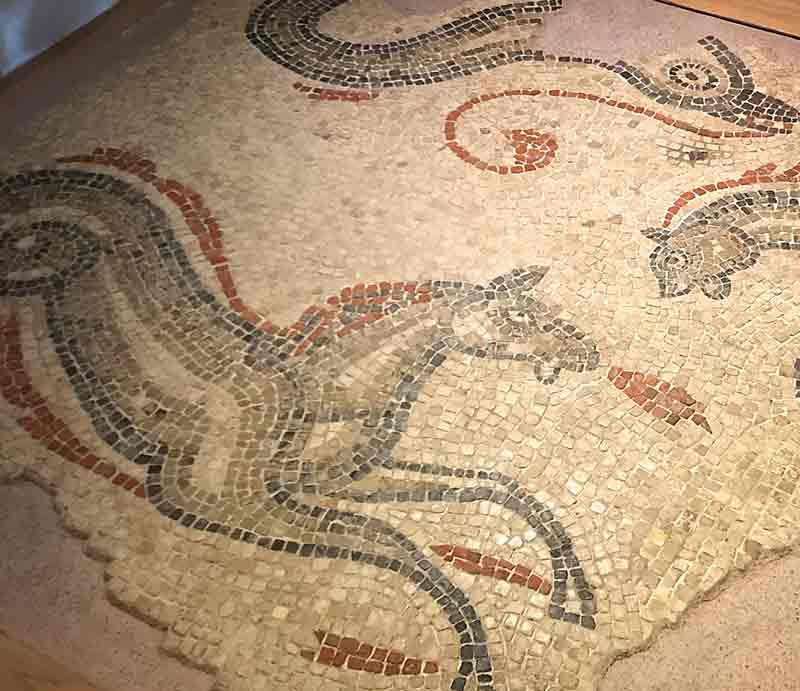The baths were also a social centre, where people could meet and relax. There were changing rooms, exercise areas, and even a library. The baths were decorated with mosaics, statues, and other works of art.
The Roman Baths fell into disrepair after the Romans left Britain in the 5th century AD. They were rediscovered in the 18th century and have been open to the public since the 19th century.




